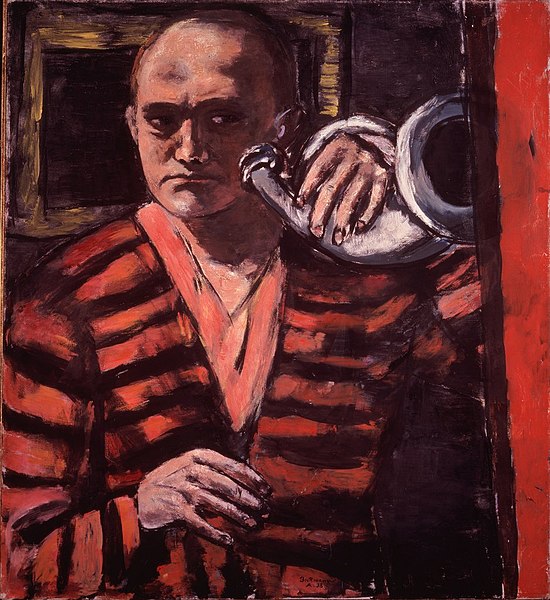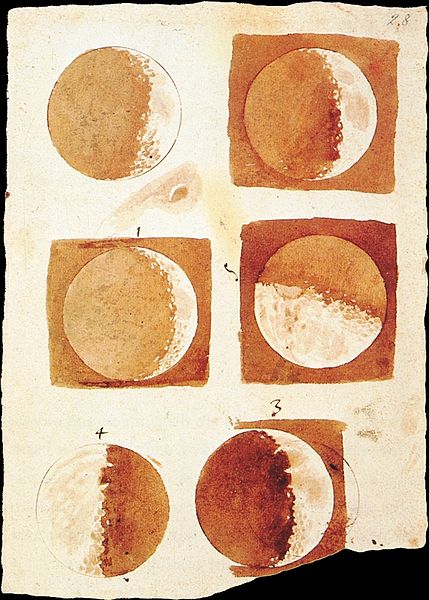Max Carl Friedrich Beckmann was a German painter, draftsman, printmaker, sculptor, and writer. Although he is classified as an Expressionist artist, he rejected both the term and the movement. In the 1920s, he was associated with the New Objectivity, an outgrowth of Expressionism that opposed its introverted emotionalism. Even when dealing with light subject matter like circus performers, Beckmann often had an undercurrent of moodiness or unease in his works. By the 1930s, his work became more explicit in its horrifying imagery and distorted forms with combination of brutal realism and social criticism, coinciding with the rise of nazism in Germany.
Beckmann in 1922
Self-Portrait, House Gable in Background, drypoint, 1918.
Self-Portrait with Horn, 1938.
Birds’ Hell, 1937–1938
Drawing is a visual art that uses an instrument to mark paper or another two-dimensional surface. The instrument might be pencils, crayons, pens with inks, brushes with paints, or combinations of these, and in more modern times, computer styluses with graphics tablets.
Leonardo da Vinci's Vitruvian Man (c. 1485) Accademia, Venice
Madame Palmyre with Her Dog, 1897. Henri de Toulouse-Lautrec
Galileo Galilei, Phases of the Moon, 1609 or 1610, brown ink and wash on paper. 208 × 142 mm. National Central Library (Florence), Gal. 48, fol. 28r
Antoine Watteau, trois crayons technique








